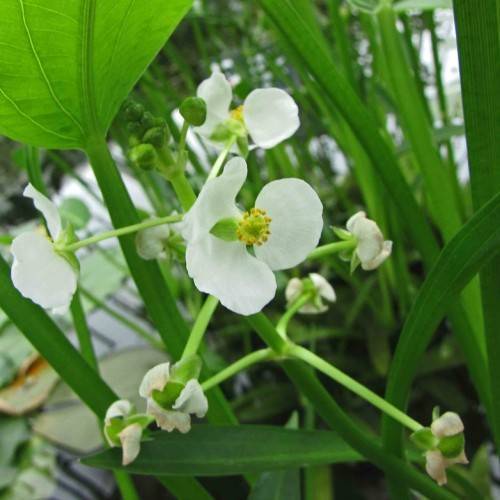
Narrow Leaf Water Plantain
Alisma gramineum
Also Known As - Grass Leaved Water PlantainWatering:
Frequent
Hardiness Zone:
Sun:
full sun,part shade
Leaf:
Yes
Growth Rate:
Low
Drought Tolerant:
Yes
Care Level:
Medium
watering
Rock Lady's Mantle requires fairly moderate watering. It should be kept moist but not soggy, so water it when the soil surface begins to dry out. Water moderately in the summer to ensure lush growth, but in the winter, water only when the top layer of soil is completely dry. During this period, do not allow any water to stand on the leaves. Watering should be done in the morning or early afternoon to help prevent powdery mildew from developing.
sunlight
Rock Lady's Mantle (Alchemilla wichurae) is native to Europe and Asia and does best when grown in full sun or partial shade. It prefers soil that is moist but not soggy, and can tolerate temperatures down to -10°F. To thrive, this plant species requires at least 6 hours of direct sunlight each day. The ideal time to expose it to the sun is when the sun is at its highest, typically between 10 A.M. and 4 P.M., for the most intense and direct light. In addition, afternoon shade is advised for Rock Lady's Mantle in areas with intense and prolonged sun exposure.
pruning
Rock Lady's Mantle (Alchemilla wichurae) should be pruned back in early spring when new growth begins to appear. Prune back the old, dead, and damaged stems just above a new bud. This will encourage healthy new growth for the season and remove any dead or diseased material. It's best to remove only 1/3 of the plant to maintain its shape. Take care not to remove any fresh buds. This species should not need too much pruning in subsequent years.
